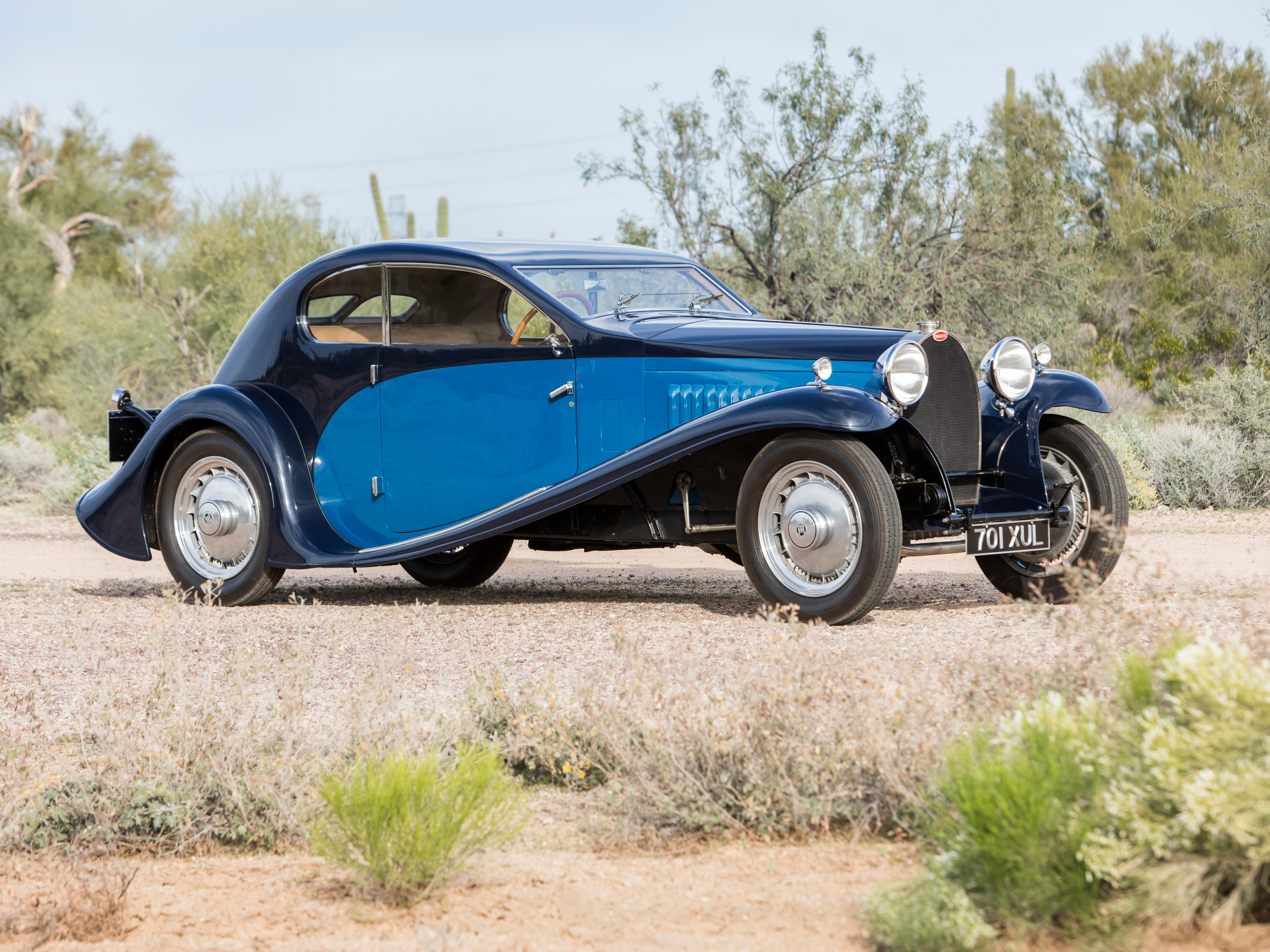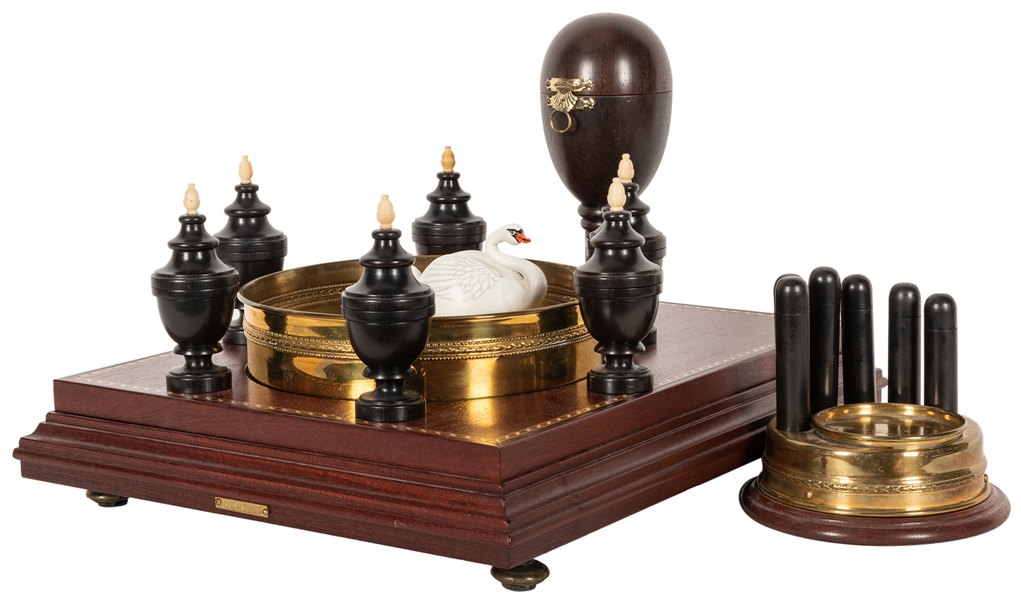As debuts go, it doesn't get much better than the Excelsior X board-tracker's first couple of races. Rolled out in June of 1915, the X served notice to the Harley-Davidson and Indian squads with a convincing win in a 300-mile relay race in Boston. Soon after, rider Carl Goudy saddled up an X and hits the boards at the Maywood Motordrome in Chicago, shattering all existing records for a 300-mile race – his nearest competitor was four laps behind! Secret to the X's speed was in its cylinder heads. It didn't need tricky four-valve top ends like the factory Indians; instead it ran conventional two-valve heads. It's just that they were huge – the intakes were a whopping 2½ inches across. Hence the bike's "Big Valve X" nickname, most often shortened to simply Big X. The Big X on offer here, one of perhaps four or five complete bikes known to exist, almost certainly started out as a factory short-coupled racebike. From that point on, its history is only conjecture. Riders and mechanics of the day were far more concerned about making it to the next race than clinically chronicling their endeavors for posterity. A previous owner of this bike, a respected restoration expert who quite literally got it back on its wheels, is convinced the Excelsior soon passed into the hands of a hard-riding privateer racer, as many of the former factory bikes did. In this rider's care the X was the recipient of in-the-field modifications, notably a 1916 Indian rear wheel assembly complete with a useful drum brake, plus a leaf-spring front end from another Excelsior model. From the factory, X's were brakeless and had a rigid girder fork. Discovered on rotted wheels in Billings, Montana, the X received replacement rims, spokes and wheel bearings. Its clutch was rebuilt, its handlebars rebrazed and several minor missing components sourced or made. So as to not stand out, the few new parts were "patina'ed" to match the weathered finish of the rest of the bike. The 61-cubic-inch (1000cc) engine, running the largest carburetor Schebler ever made, was left untouched and unstarted. This is an ultra-rare, highly coveted American motorcycle, an authentic and largely unrestored example of the field-modified racebikes upon which our early track heroes made their living and rode into the history books. As such it tells us so much more than any perfect 100-point restoration ever could, and would be the centerpiece of anyone's collection of important motorcycles.
As debuts go, it doesn't get much better than the Excelsior X board-tracker's first couple of races. Rolled out in June of 1915, the X served notice to the Harley-Davidson and Indian squads with a convincing win in a 300-mile relay race in Boston. Soon after, rider Carl Goudy saddled up an X and hits the boards at the Maywood Motordrome in Chicago, shattering all existing records for a 300-mile race – his nearest competitor was four laps behind! Secret to the X's speed was in its cylinder heads. It didn't need tricky four-valve top ends like the factory Indians; instead it ran conventional two-valve heads. It's just that they were huge – the intakes were a whopping 2½ inches across. Hence the bike's "Big Valve X" nickname, most often shortened to simply Big X. The Big X on offer here, one of perhaps four or five complete bikes known to exist, almost certainly started out as a factory short-coupled racebike. From that point on, its history is only conjecture. Riders and mechanics of the day were far more concerned about making it to the next race than clinically chronicling their endeavors for posterity. A previous owner of this bike, a respected restoration expert who quite literally got it back on its wheels, is convinced the Excelsior soon passed into the hands of a hard-riding privateer racer, as many of the former factory bikes did. In this rider's care the X was the recipient of in-the-field modifications, notably a 1916 Indian rear wheel assembly complete with a useful drum brake, plus a leaf-spring front end from another Excelsior model. From the factory, X's were brakeless and had a rigid girder fork. Discovered on rotted wheels in Billings, Montana, the X received replacement rims, spokes and wheel bearings. Its clutch was rebuilt, its handlebars rebrazed and several minor missing components sourced or made. So as to not stand out, the few new parts were "patina'ed" to match the weathered finish of the rest of the bike. The 61-cubic-inch (1000cc) engine, running the largest carburetor Schebler ever made, was left untouched and unstarted. This is an ultra-rare, highly coveted American motorcycle, an authentic and largely unrestored example of the field-modified racebikes upon which our early track heroes made their living and rode into the history books. As such it tells us so much more than any perfect 100-point restoration ever could, and would be the centerpiece of anyone's collection of important motorcycles.











.jpg)



Try LotSearch and its premium features for 7 days - without any costs!
Be notified automatically about new items in upcoming auctions.
Create an alert